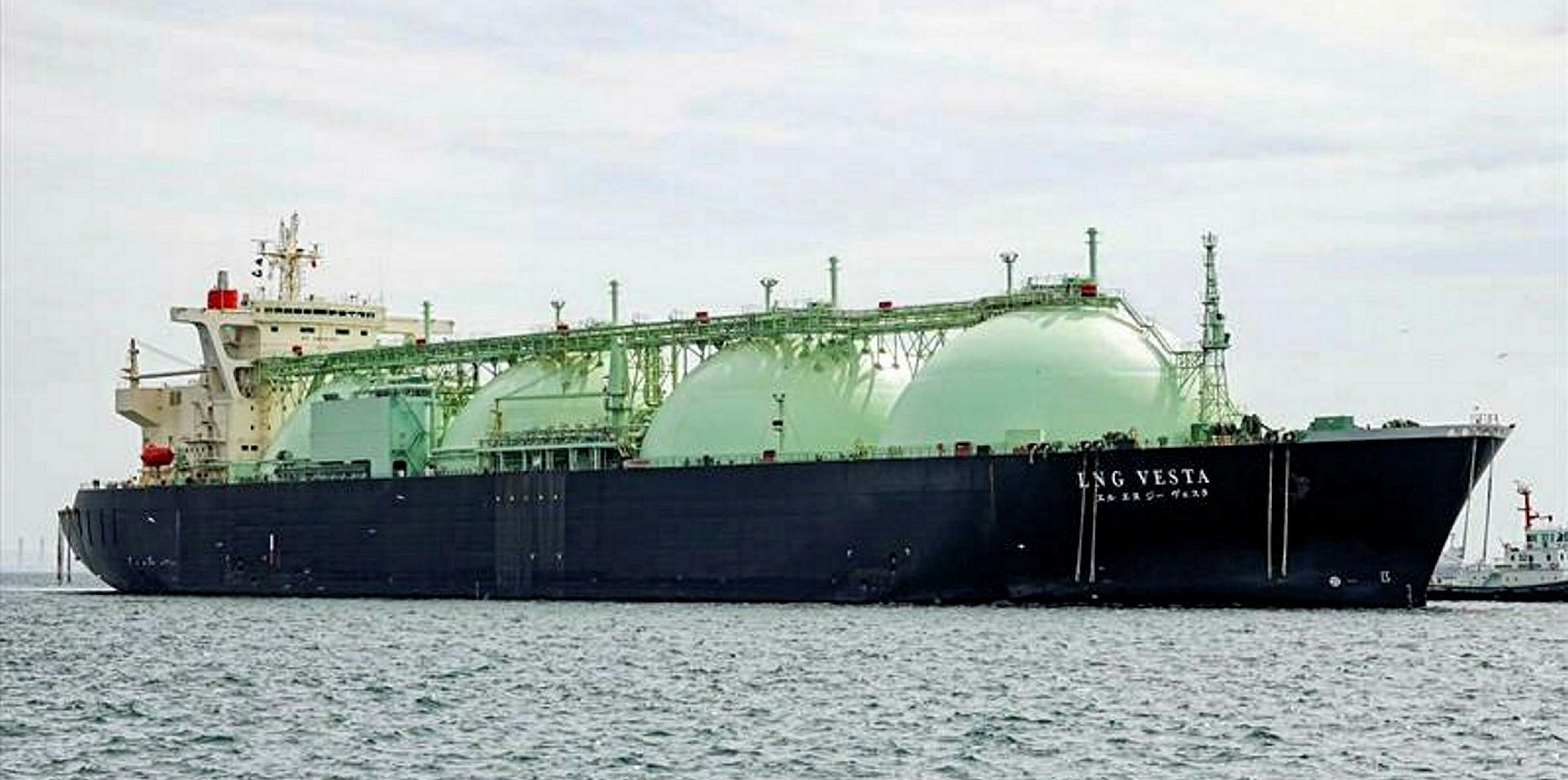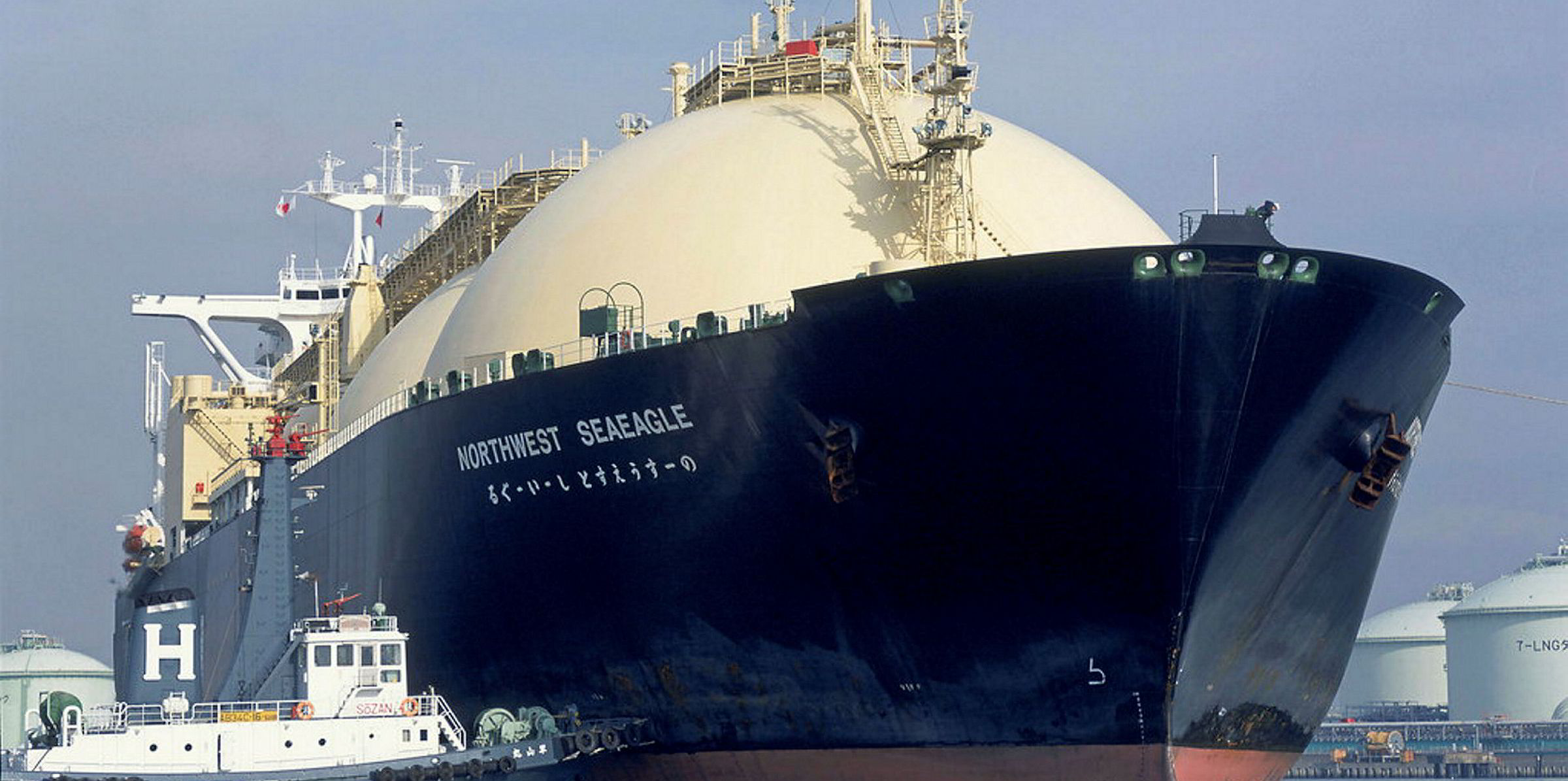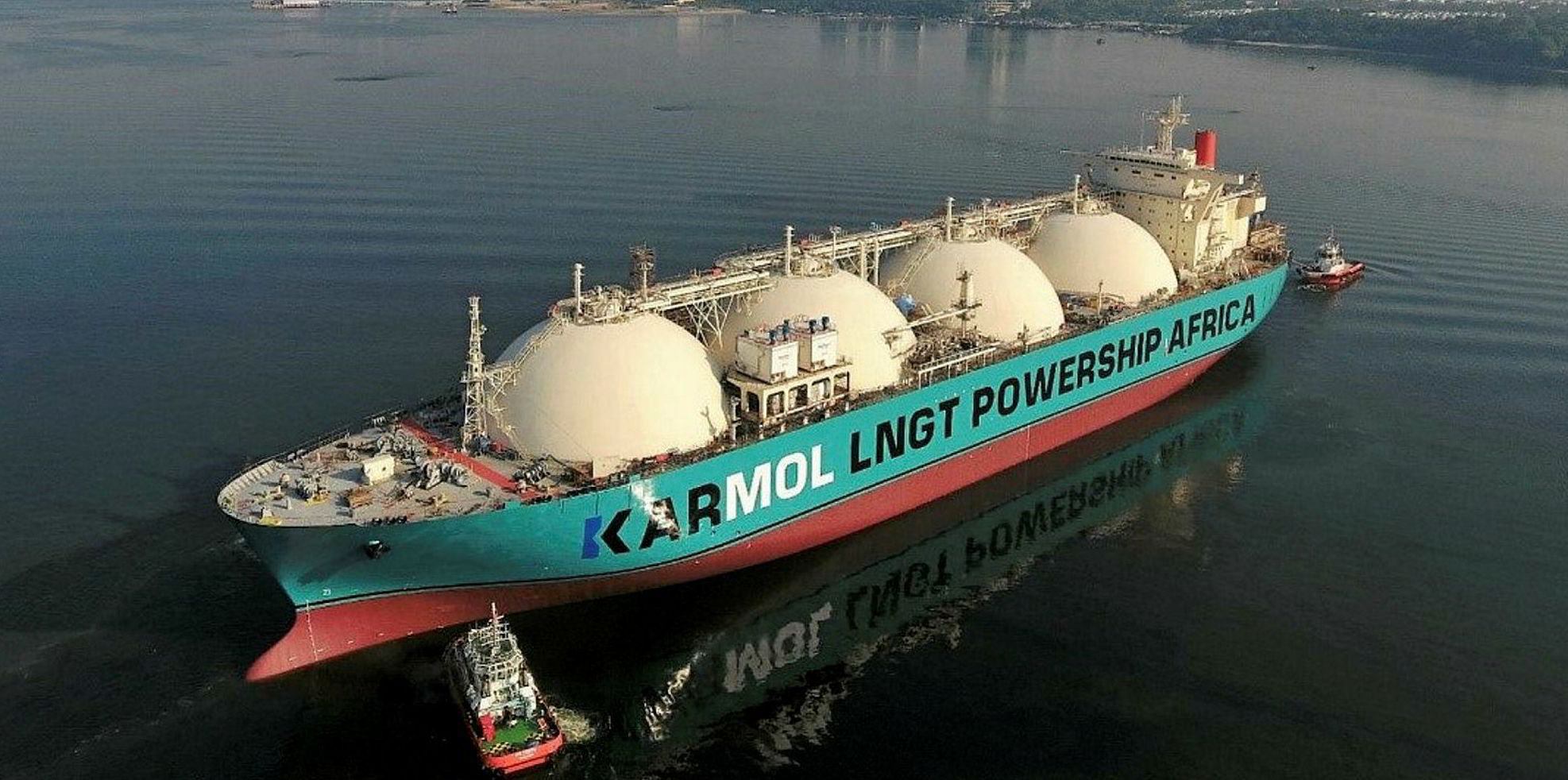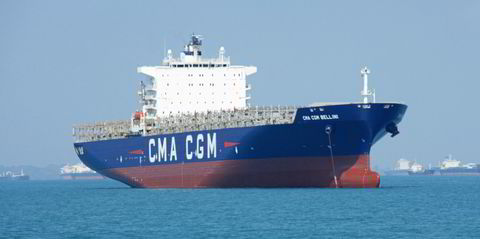Karpowership and Mitsui OSK Line's joint venture KARMOL has begun the conversion of a third LNG carrier to a floating storage and regasification unit on a speculative basis.
TradeWinds understands the 127,000-cbm LNG Vesta (built 1994) is at Keppel Shipyard in Singapore, where the job is just getting started.
The steam turbine, Moss-type vessel, which had been under MOL management, was laid up in 2014 but appears to have been trading since.
Speaking at the Gastech Virtual Summit last week, Karpowership business development director Mehmet Katmer said KARMOL was about to kick off a third LNG carrier-to-FSRU conversion in Singapore.
But Katmer did not name the LNG carrier that is to be converted.
"We are about to start the third one, which currently doesn't have a contract, so we don't have the destination. But it will pair with one of the powerships we have,” he said.
KARMOL is providing FSRUs to enable Karpowership’s floating power vessels to switch over to gas.
LNGT ships
Katmer said the first of KARMOL’s three conversions into what the partners have dubbed LNGT, or LNG to power, units is due to be operational off Dakar in Senegal in early 2021.
KARMOL has been converting the 127,000-cbm Dwiputra (built 1994) into the FSRU KARMOL LNGT Powership Africa for this project.
Katmer said a second unit — the former 127,452-cbm Northwest Shearwater (built 1991) — is scheduled to be on location off Nacala, in Mozambique, next year. The ship is to be renamed KARMOL LNGT Powership Asia.
Both conversions have been severely delayed due to the pandemic, which halted work at Singapore shipyards.
The KARMOL LNGT Powership Africa, which was originally destined for Mozambique, had been due to be working on site at the end of last year.
Katmer said Karpowership, which put its first powership into operation in 2010, now has a total installed capacity of 4,000 MW. It has 25 powerships operating in 13 countries.
He said the company will add a further 1,000 MW to this next year from the vessels it is building.
“Until 2025, we are looking to reach 8 GW of capacity,” he said.






